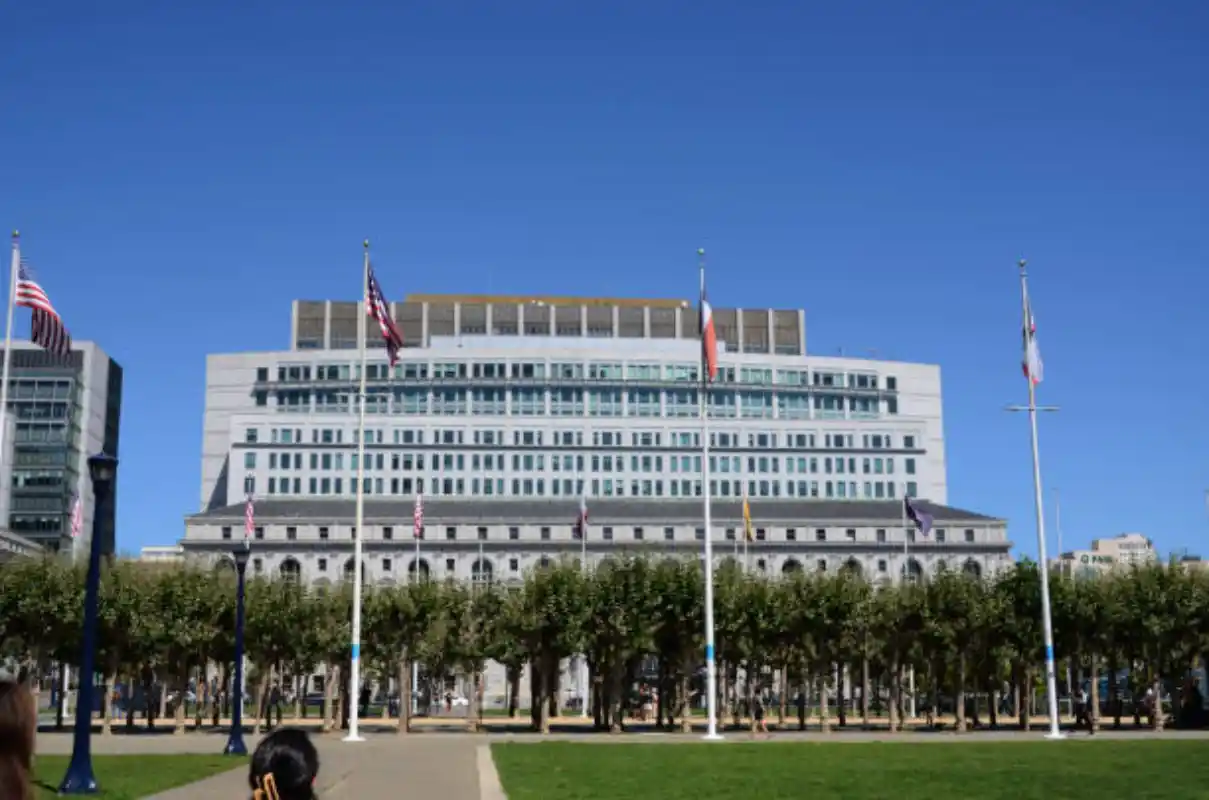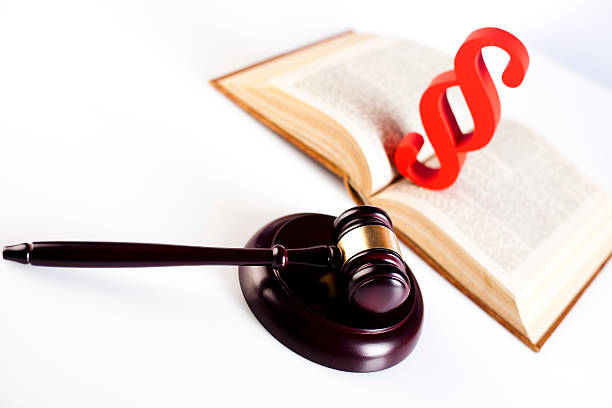How Mass Tort Lawsuits Work in California?

Mass Tort Lawsuits in California: A Comprehensive Guide
In the state of California, mass tort lawsuits have become a crucial legal avenue for individuals who suffer similar harm caused by the same defendant, often a large corporation, pharmaceutical company, or manufacturer. These legal actions serve as a powerful mechanism for holding negligent or reckless entities accountable for widespread damage. Mass tort cases typically arise from defective products, environmental hazards, dangerous pharmaceuticals, or toxic exposure events that impact large groups of people across multiple locations. Unlike class action lawsuits, which consolidate many similar claims into a single legal proceeding, mass torts allow each plaintiff to pursue an individual lawsuit. However, the cases are still grouped during the pre-trial process for efficiency, especially when the facts and defendants are common across all claims. This hybrid legal approach offers the benefit of shared resources while preserving the unique aspects of each plaintiff’s case, including the specific injuries they sustained and the compensation they may be entitled to. California, with its diverse population and industrial footprint, sees a significant number of mass tort filings every year. The state’s legal framework is well-equipped to handle such complex litigation through specialized procedures and experienced legal professionals. Understanding how mass tort lawsuits work, their advantages, common case types, and the process involved is essential for anyone considering legal action.Ready to connect with top legal professionals? Get immediate support— Call us at 877-550-8911.
How Mass Tort Lawsuits Differ from Class Action Lawsuits?
At first glance, mass torts and class actions may appear to be similar—they both involve multiple plaintiffs suing the same defendant. However, there are key differences between the two legal structures that affect how the cases are handled and how compensation is awarded.- Individual Claims vs. Group Claims: In a mass tort, each plaintiff files an individual claim based on their specific injuries. These claims are managed together in a consolidated process, but each plaintiff maintains the right to tell their own story and pursue compensation based on their own damages. In contrast, a class action consolidates all claims into a single lawsuit with one or several representatives acting on behalf of the entire group.
- Personalized Compensation: One of the main advantages of mass tort lawsuits is that settlements or verdicts are tailored to each plaintiff’s individual circumstances. This contrasts with class actions, where any settlement or jury award is typically divided among all members of the class, often equally regardless of the level of harm each suffered.
- Control Over the Legal Process: Plaintiffs in a mass tort lawsuit retain more control over their case. They can choose their own attorney, opt out of group proceedings if desired, and negotiate settlements individually. In a class action, plaintiffs are bound by the outcome and usually have less say in the legal strategy or resolution.
Common Types of Mass Tort Lawsuits in California
California’s diverse economy and population create fertile ground for various types of mass tort litigation. Here are some of the most frequent categories:1. Defective Product Liability
Manufacturers have a responsibility to ensure their products are safe for public use. When a defective or dangerous product reaches consumers—whether it’s a faulty vehicle part, a malfunctioning medical device, or contaminated food—it can lead to widespread harm. Plaintiffs in these cases allege that a design flaw, manufacturing error, or lack of warning led to their injuries.2. Pharmaceutical and Medical Injuries
Drug manufacturers are often the target of mass tort actions when medications or medical treatments cause unexpected and severe side effects. These cases often involve claims that companies failed to disclose risks during testing or marketing, or that they rushed products to market without proper regulatory compliance.3. Environmental Disasters and Toxic Exposure
California has seen numerous environmental mass tort cases, from wildfires caused by utility companies to groundwater contamination due to industrial pollutants. These lawsuits often involve entire communities and seek damages for illnesses, property damage, and other long-term health effects caused by exposure to toxic substances like asbestos, lead, or hazardous chemicals. For further reading on pharmaceutical mass torts, check the American Bar Association.Filing a Mass Tort Lawsuit in California: The Process
While the idea of a mass tort lawsuit may sound daunting, the legal process follows a fairly structured path. Here are the general steps involved:1. Case Evaluation
The journey typically begins with a consultation between the plaintiff and a mass tort attorney. The lawyer will assess whether the individual’s injuries are part of a larger pattern of harm and whether the case qualifies for inclusion in a mass tort.2. Filing the Complaint
Once eligibility is confirmed, the attorney drafts and files a formal complaint with the court. This document outlines the details of the injury, the alleged wrongdoing by the defendant, and the damages sought.3. Consolidation into Multidistrict Litigation (MDL)
If multiple lawsuits with similar claims are filed across different jurisdictions, the cases may be consolidated into Multidistrict Litigation (MDL). This federal process centralizes pre-trial proceedings such as discovery and motions to avoid duplication and conflicting rulings.4. Discovery Phase
During discovery, both sides gather evidence including medical records, expert reports, depositions, and corporate documentation. This is often the most time-consuming part of the lawsuit but is critical to building a strong case.5. Settlement Negotiations or Trial
Most mass tort cases end in settlement, with companies agreeing to pay damages to avoid the risk of trial. If negotiations fail, the case proceeds to court, where a jury will determine the outcome.The Critical Role of Attorneys in Mass Tort Cases
Attorneys play a vital role in guiding plaintiffs through the complexities of mass tort litigation. In California, experienced mass tort lawyers:- Investigate and validate claims.
- Gather and organize critical evidence.
- Represent clients during negotiations or trials.
- Work on a contingency fee basis, meaning they are paid only if the plaintiff wins compensation.
Why Strong Evidence Is Essential in Mass Tort Lawsuits?
Successful mass tort claims hinge on the strength and quality of the evidence presented. Some of the most important types include:- Medical Records: These documents help prove the extent of injuries, treatments received, and the link to the defective product or substance.
- Expert Testimonies: Medical experts, scientists, and industry specialists may be brought in to explain complex technical or scientific issues.
- Corporate Records: Internal emails, testing data, and other corporate documents can reveal negligence, cover-ups, or a failure to act responsibly.
Possible Outcomes in California Mass Tort Cases
The resolution of mass tort litigation can vary depending on the facts of the case and the strength of the evidence. Typical outcomes include:- Settlements: The majority of cases are resolved out of court through negotiated settlements, which provide timely compensation to plaintiffs.
- Jury Verdicts: If a case proceeds to trial, a jury may award damages to the plaintiff, sometimes including punitive damages if the defendant’s conduct was especially harmful.
- Dismissals: Cases can be dismissed if the evidence is insufficient or if procedural issues arise.
- Appeals: If either party disagrees with the court’s ruling, the case may be appealed, extending the litigation timeline.
 Challenges in Pursuing Mass Tort Litigation
Challenges in Pursuing Mass Tort Litigation
Mass tort lawsuits can be powerful, but they come with challenges:
- Lengthy Duration: Due to the volume of evidence and number of plaintiffs, these cases can take several years to conclude.
- Complex Coordination: Managing communication among dozens—or even thousands—of plaintiffs is logistically demanding.
- Aggressive Defense Tactics: Corporations often deploy vast legal resources to defend themselves, requiring skilled legal teams to match their efforts.
FAQS
1. What is the difference between a mass tort and a class action lawsuit? Mass torts allow individual lawsuits with separate outcomes, while class actions combine all claims into one. 2. How long does a mass tort case take to resolve? These cases can take anywhere from several months to multiple years, depending on their complexity. 3. Is hiring a lawyer necessary for a mass tort case? Yes. An experienced attorney is essential to navigate the legal process and advocate effectively on your behalf. 4. What kind of compensation can plaintiffs receive? Compensation may include medical costs, lost wages, pain and suffering, emotional distress, and punitive damages. 5. Can I opt out of a mass tort lawsuit? In some cases, yes. Your attorney can help you determine whether opting out or proceeding independently is the right decision.Don’t wait to secure the legal representation you deserve. Visit Legal Case Review today for free quotes and tailored guidance, or call 877-550-8911 for immediate assistance.




